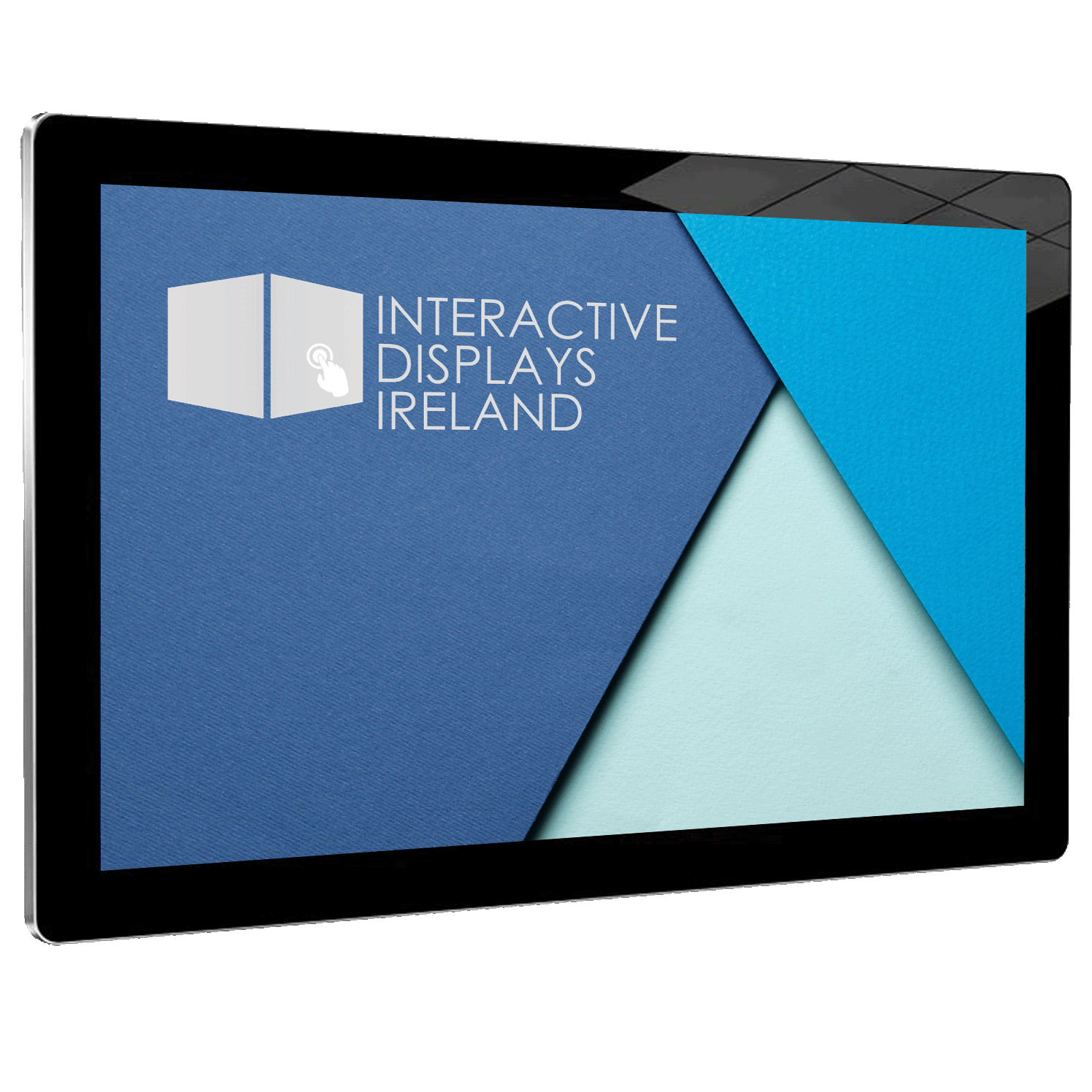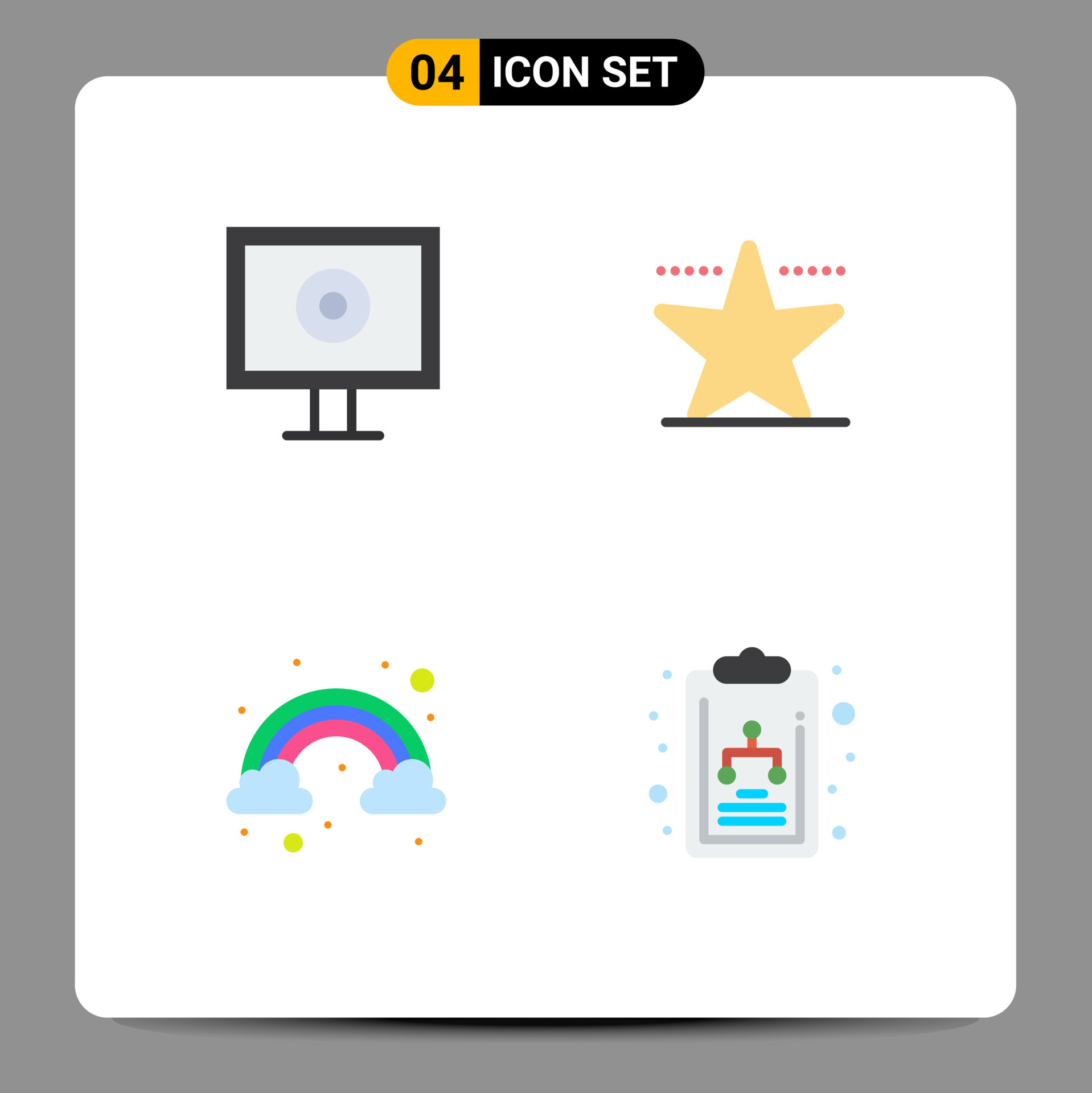In today's data-driven world, remote IoT display charts have become essential tools for businesses and individuals alike. They provide real-time insights into vast amounts of data collected by IoT devices, making it easier to make informed decisions. Whether you're managing a smart home, monitoring industrial equipment, or tracking health metrics, remote IoT display charts play a pivotal role in transforming raw data into actionable information.
As technology continues to evolve, the demand for effective data visualization tools increases. Remote IoT display charts offer a solution that combines the power of IoT with advanced graphical representation. These charts enable users to remotely access and analyze data from anywhere in the world, providing flexibility and convenience.
This article delves into the world of remote IoT display charts, exploring their features, benefits, applications, and best practices. Whether you're a beginner or an experienced professional, this guide will equip you with the knowledge you need to harness the full potential of remote IoT display charts.
Read also:Vegamov The Ultimate Streaming Platform For Movie Enthusiasts
Table of Contents
- What is RemoteIoT Display Chart?
- Key Features of RemoteIoT Display Charts
- Benefits of Using RemoteIoT Display Charts
- Applications of RemoteIoT Display Charts
- Types of RemoteIoT Display Charts
- How to Create RemoteIoT Display Charts
- Popular Tools for RemoteIoT Display Charts
- Best Practices for RemoteIoT Display Charts
- Challenges in Implementing RemoteIoT Display Charts
- Future Trends in RemoteIoT Display Charts
What is RemoteIoT Display Chart?
A RemoteIoT Display Chart is a digital tool designed to visualize data collected by Internet of Things (IoT) devices in real-time. It allows users to access and interpret data remotely, breaking geographical barriers and enabling seamless monitoring. These charts are typically powered by cloud-based platforms, ensuring data is accessible from any device with an internet connection.
The integration of IoT with advanced data visualization techniques has transformed how businesses and individuals interact with data. With remote IoT display charts, users can track trends, identify anomalies, and make data-driven decisions without being physically present at the data source.
Key Features of RemoteIoT Display Charts
Real-Time Data Visualization
One of the standout features of remote IoT display charts is their ability to provide real-time data visualization. This ensures that users always have access to the latest information, enabling timely decision-making.
Customizable Dashboards
Users can tailor their dashboards to display only the most relevant data points. Customization options allow for the addition of various chart types, such as line graphs, bar charts, and pie charts, depending on the user's preferences.
Remote Accessibility
With cloud-based platforms, remote IoT display charts can be accessed from anywhere in the world. This feature is particularly beneficial for businesses with global operations, allowing teams to collaborate effectively regardless of location.
Benefits of Using RemoteIoT Display Charts
Implementing remote IoT display charts offers numerous advantages, including:
Read also:Exploring Marvel Movies On Vegamovies Your Ultimate Guide To Streaming Marvel Cinematic Universe
- Improved data accuracy and reliability
- Enhanced operational efficiency
- Cost savings through remote monitoring
- Better decision-making capabilities
- Increased scalability and flexibility
These benefits make remote IoT display charts an indispensable tool for businesses looking to stay competitive in the digital age.
Applications of RemoteIoT Display Charts
Industrial Automation
In industrial settings, remote IoT display charts are used to monitor equipment performance, track production metrics, and identify potential issues before they escalate. This proactive approach helps reduce downtime and improve overall efficiency.
Healthcare
Remote IoT display charts play a crucial role in healthcare by enabling remote patient monitoring. Doctors and nurses can track vital signs in real-time, ensuring patients receive timely care and intervention when necessary.
Smart Cities
Smart cities rely on remote IoT display charts to manage traffic flow, monitor energy consumption, and optimize resource allocation. These charts provide city planners with valuable insights to create more sustainable urban environments.
Types of RemoteIoT Display Charts
Remote IoT display charts come in various forms, each suited to specific use cases. Some of the most common types include:
- Line charts: Ideal for tracking trends over time
- Bar charts: Useful for comparing different data sets
- Pie charts: Perfect for displaying proportions and percentages
- Heatmaps: Great for visualizing data density
Selecting the right type of chart depends on the nature of the data and the insights you wish to extract.
How to Create RemoteIoT Display Charts
Step 1: Collect Data
Begin by collecting data from your IoT devices. Ensure that the data is accurate and relevant to your needs. This step lays the foundation for creating effective remote IoT display charts.
Step 2: Choose a Platform
Select a reliable platform that supports remote IoT display charts. Look for features such as real-time data visualization, customizable dashboards, and remote accessibility.
Step 3: Design Your Chart
Use the platform's tools to design your chart. Choose the appropriate chart type and customize it to suit your requirements. Test the chart to ensure it displays data accurately and effectively.
Popular Tools for RemoteIoT Display Charts
Several tools are available for creating remote IoT display charts. Some of the most popular ones include:
- ThingSpeak: A cloud-based platform for IoT data visualization
- Plotly: A powerful tool for creating interactive charts and dashboards
- Tableau: A leading data visualization software with extensive customization options
Each tool has its own strengths and weaknesses, so choose one that aligns with your specific needs and budget.
Best Practices for RemoteIoT Display Charts
To get the most out of remote IoT display charts, follow these best practices:
- Ensure data accuracy and consistency
- Regularly update your charts to reflect the latest data
- Optimize chart design for clarity and ease of interpretation
- Implement robust security measures to protect sensitive data
By adhering to these practices, you can maximize the effectiveness of your remote IoT display charts.
Challenges in Implementing RemoteIoT Display Charts
While remote IoT display charts offer numerous benefits, they also present certain challenges. These include:
- Data security and privacy concerns
- Integration with existing systems
- Cost of implementation and maintenance
Addressing these challenges requires careful planning and strategic decision-making. Partnering with experienced professionals can help overcome these obstacles and ensure a successful implementation.
Future Trends in RemoteIoT Display Charts
The future of remote IoT display charts looks promising, with several trends expected to shape the industry. These include:
- Increased adoption of AI and machine learning for advanced data analysis
- Enhanced interoperability between different IoT platforms
- Improved security measures to protect sensitive data
As technology continues to evolve, remote IoT display charts will become even more powerful tools for data visualization and decision-making.
Conclusion
RemoteIoT Display Charts have revolutionized the way we interact with data, offering real-time insights and remote accessibility. By understanding their features, benefits, and applications, businesses and individuals can harness their full potential to make informed decisions and stay competitive in the digital age.
We encourage you to explore the tools and resources mentioned in this article and start implementing remote IoT display charts in your operations. Don't forget to share your thoughts and experiences in the comments section below. For more insightful content, explore our other articles on technology and data visualization.


